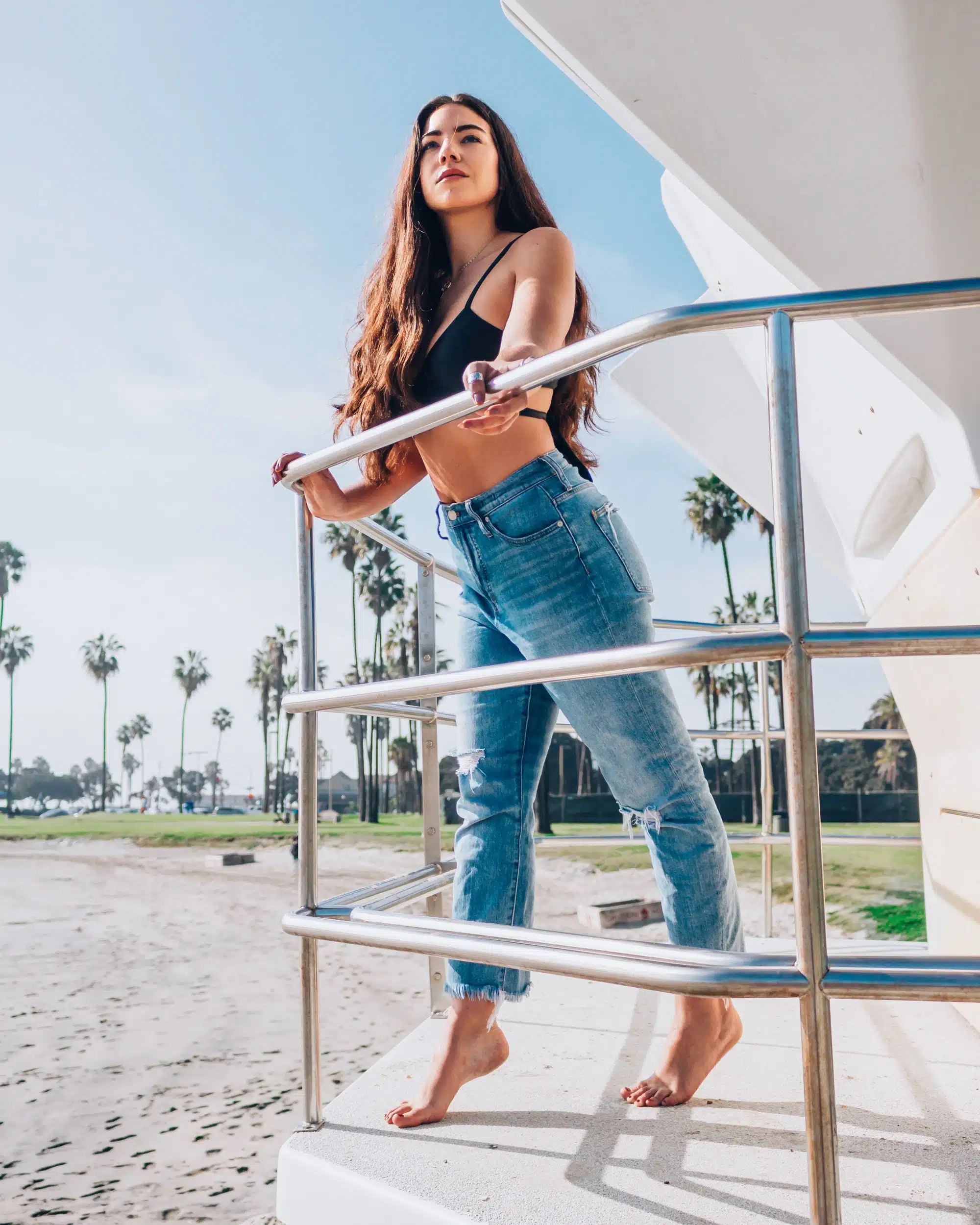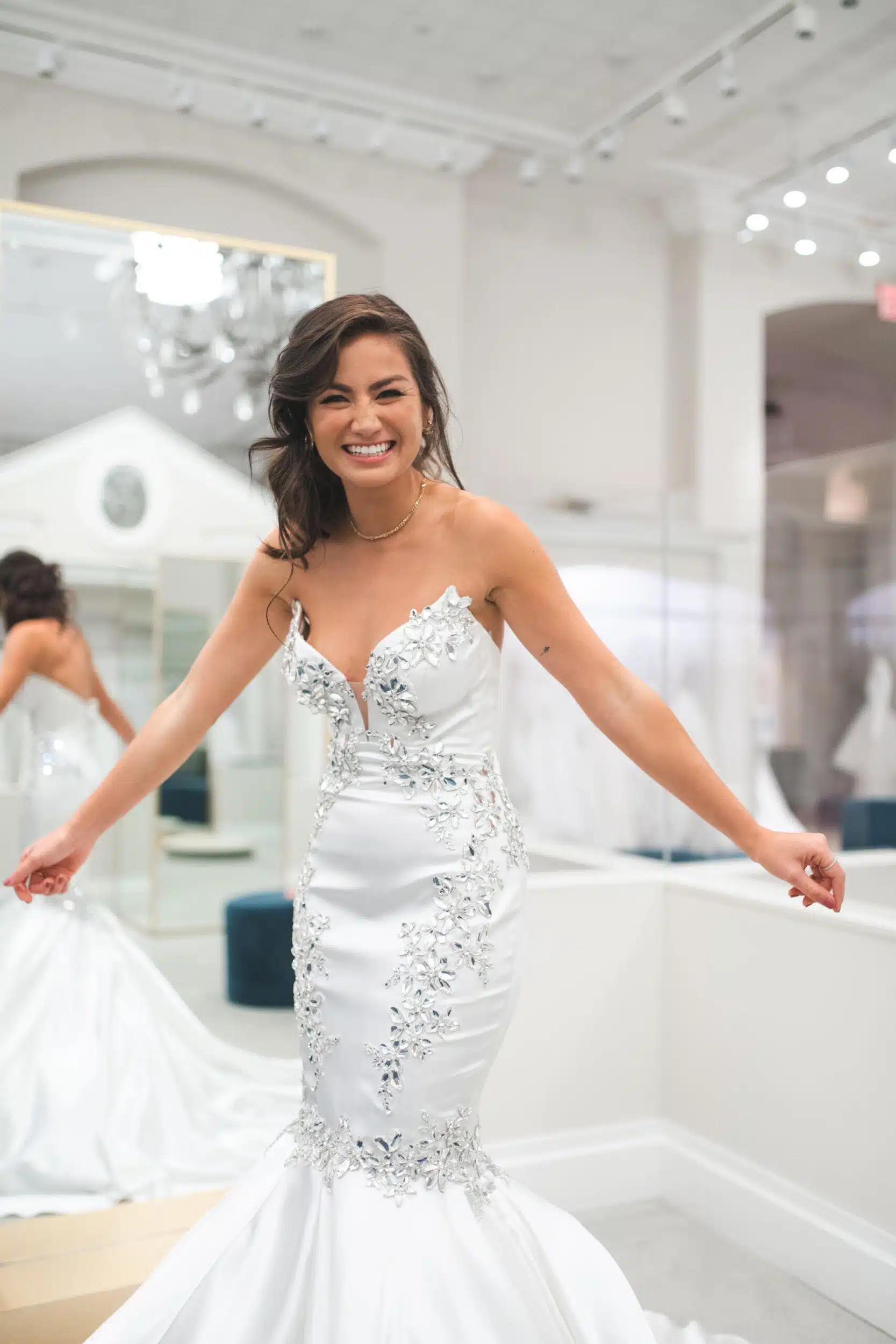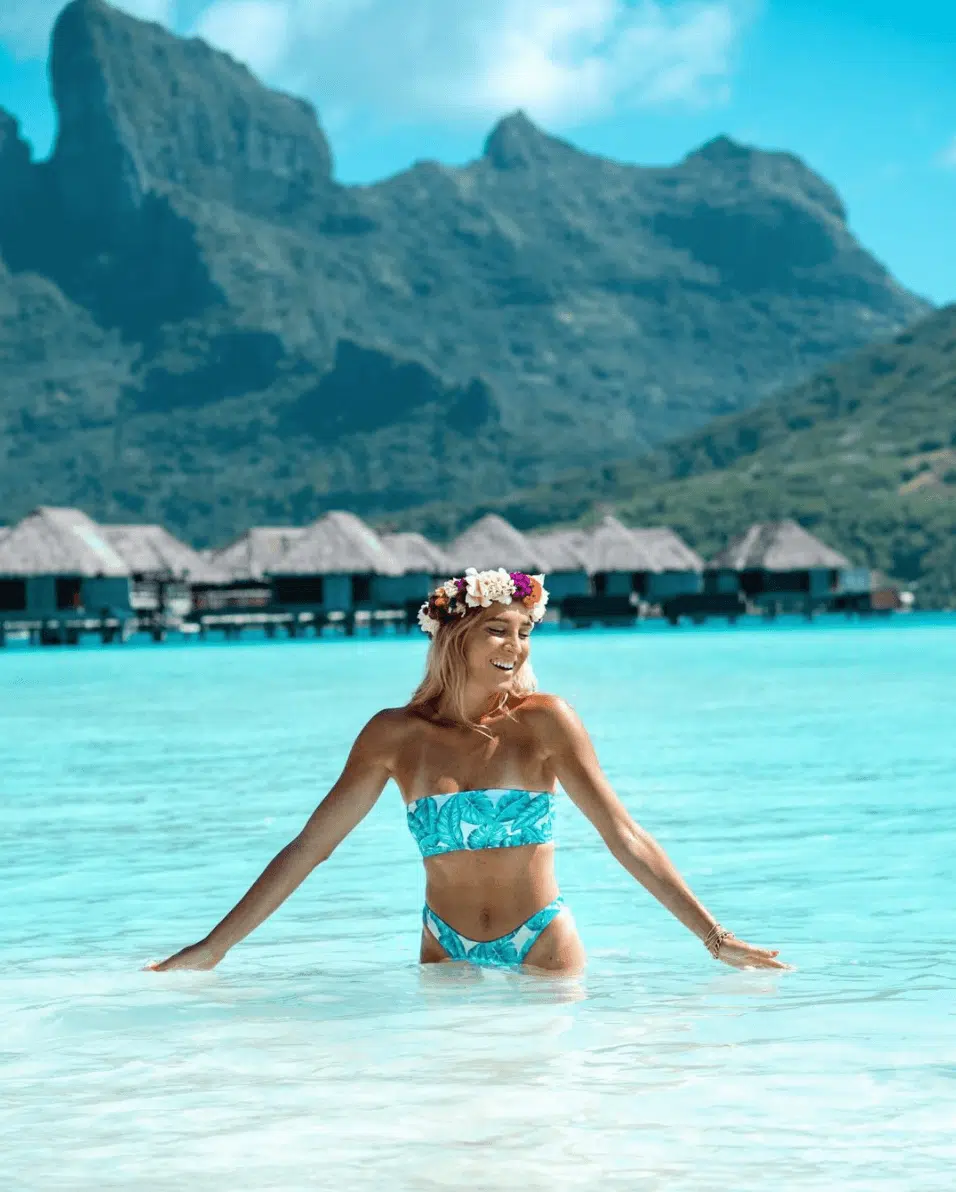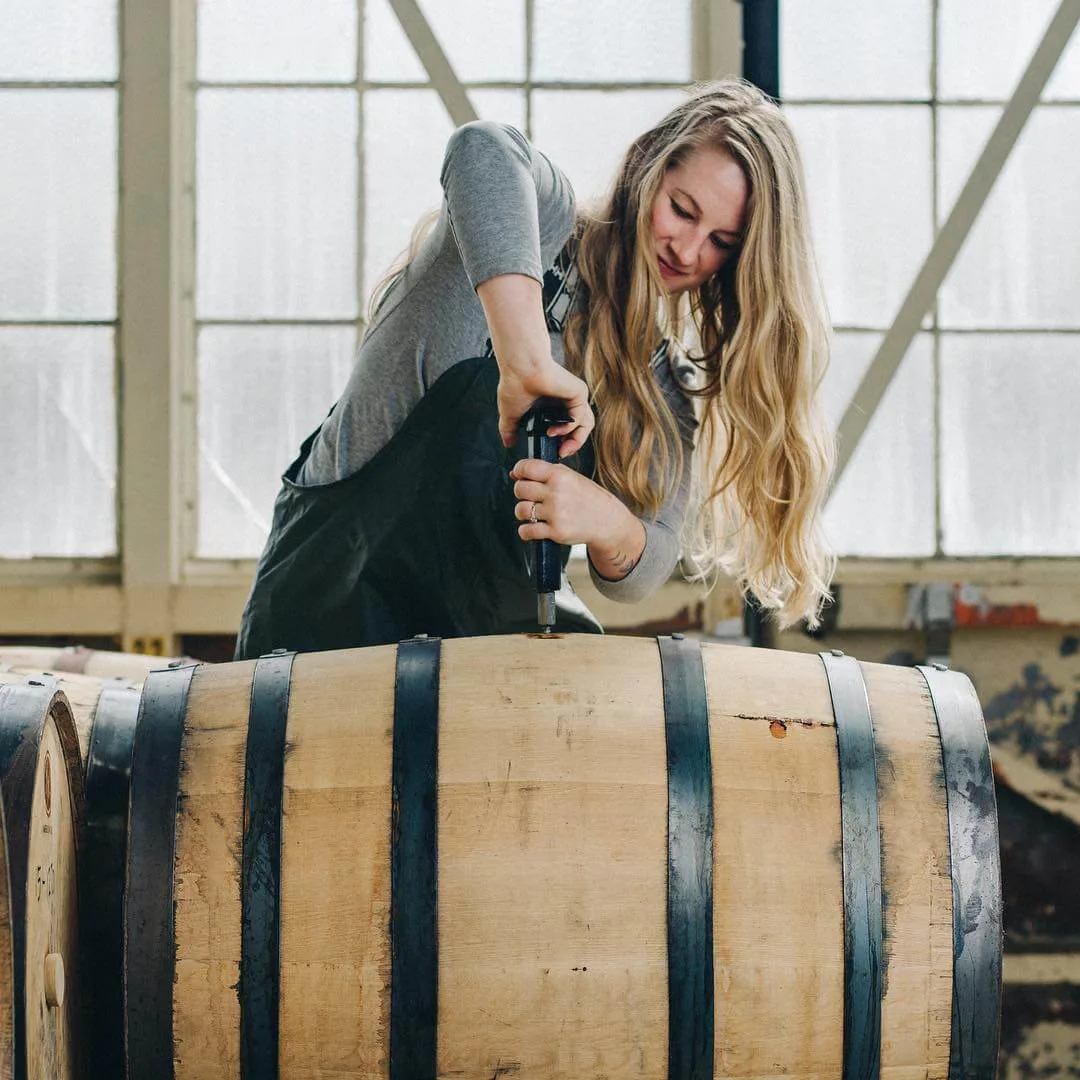
I love meeting bad-ass women with an interesting story, which is why I started this Woman Crush Wednesday series. I’ve been getting such positive responses to this new content, and it makes me so happy to hear that you all are enjoying discovering and reading about awesome women who are killin’ it in their fields.
Today we’re chatting with Caley Shoemaker, the head distiller at Hangar 1 Vodka, based right here in the Bay Area in Alameda. Caley was actually introduced to me by our first Woman Crush Wednesday interviewee (and What The Fab foodie guest contributor!), Lindsay Kinder. Lindsay was telling me about how Food La La and Hangar 1 are teaming up for a savory macaron and vodka pairing (I mean, how amazing does that sound??), and when she told me about how Caley is this awesome head distiller at Hangar 1 (and one of a handful of female head distillers in the country), I knew I had to interview her for WCW!
I loved chatting with Caley and hearing her perspective of the art behind the science of distilling, and I know you’ll love reading about her journey and experiences!
You’re originally from Colorado, where you studied fine art and then discovered your passion for distilling and worked at a whiskey distillery. What was that transition like, because I would imagine distilling requires a lot of knowledge around the science and chemistry behind it. How did you learn, what was that process like, and was it difficult?
Honestly, it wasn’t! It’s a very intuitive process, and even though it’s chemistry-heavy, it’s only really been in the last five years of my career that I’ve gotten super into the chemistry side of it. Distilling and making beverages is a lot like cooking—cooking is a heavily chemistry-based process, but even dynamite chefs may not be great chemists. They just understand how different ingredients might react to different temperatures or cooking styles, and how best to achieve the end goal they’re looking for.
I trained in a more apprentice, hands-on style, and through tasting other people’s products and learning about different styles and equipment and experimenting, I was able to learn. It feels a lot more like an artistic process for me, where you’re selecting your medium and how you treat it, and it all comes together to create an end product. So it actually felt very natural for me to go from fine arts to what I would call food art.
You mention in one of your interviews that you took the Starbucks Coffee Master program in high school. Tell us about that and what you learned from the program.
It was my part-time job at a Starbucks inside a grocery store while I was in high school. We got a shipment one day with these booklets that had a remote coffee master program, so I started reading about how coffee is grown and going through their tastery and sensory program. That sparked my interest in coffee, and I started going to different roasteries with friends (full disclosure: I was a total goth kid in high school so it was just so perfectly on-brand for me to going around doing coffee sensory evals at age 16) and I got really into it. I learned so much through that process and thought it was so cool that I could get other people excited about sensory eval. There was a guy in the produce department who would bring new types of apples when he got different shipments in, and we’d taste them together and talk about the flavors.
Having that early exposure to sensory analysis really set the stage for me, and then I was 21 in the craft beer boom of Denver, which just expanded my love for exploring flavors even more.
How do you get inspiration for new product creation?
Ingredients are a big one for me. I like to buy a bunch of stuff at the farmer’s market that looks beautiful or interesting, even if I don’t know what I’m going to do with it, and then create something, whether it’s a meal or a cocktail at home.
Sometimes it’ll be a cocktail or food experience that sparks something. Coming to California where there are so many different types of food from all over the world has been huge for me. I had only had Indian food twice before moving here, and then now being able to try so many varieties and spices get me so excited to see how I can translate discoveries into a spirit.
Tasting what other people are doing, reading about different processes, and checking out other places’ equipment and chatting with other distillers also expands my mind for new ideas.
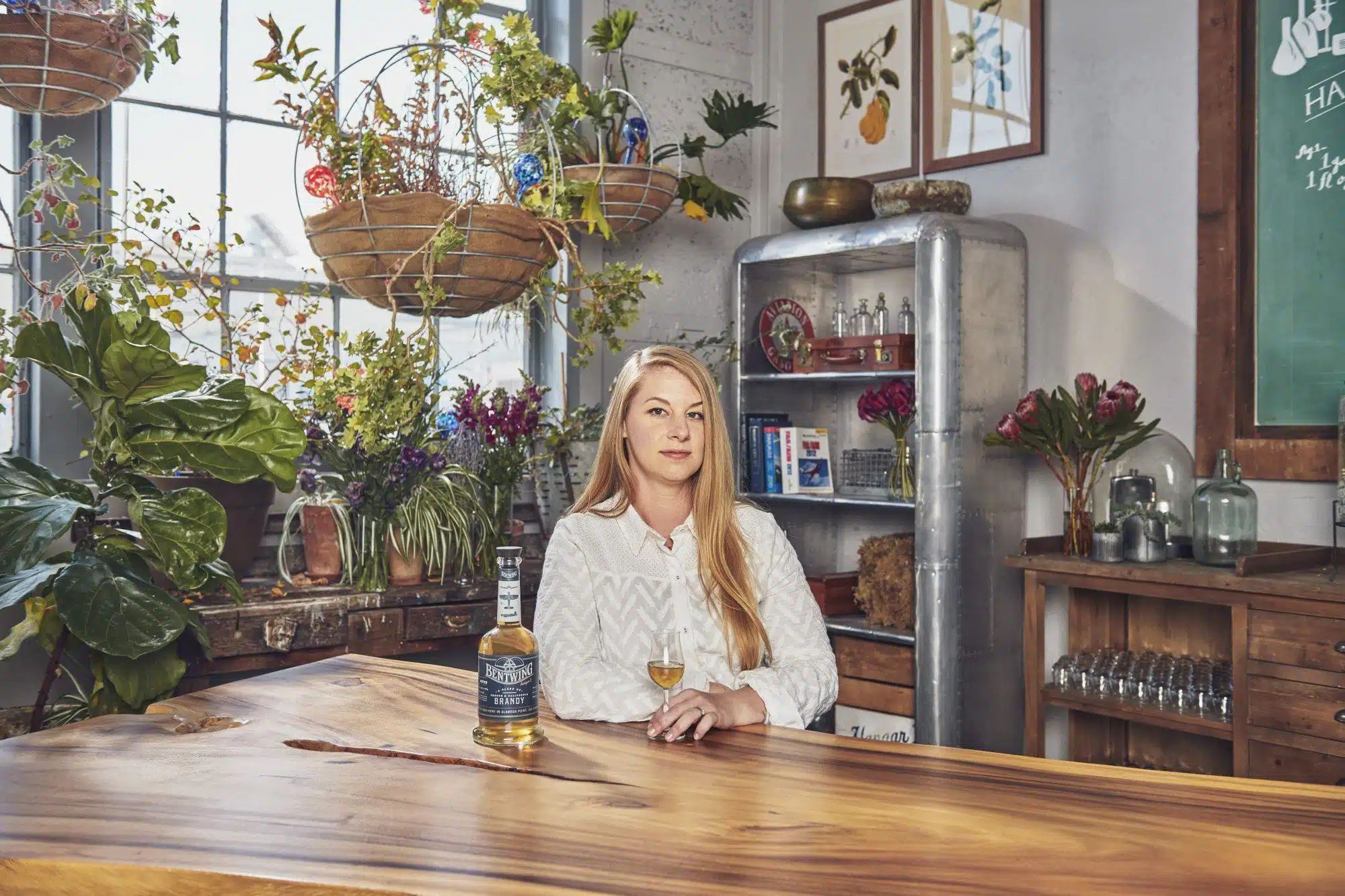
Has there been any ingredient that you thought would make a great infusion and it turned out horrible?
100%. When I first started at Hangar I was pretty new to vodka, and I spent a lot of time tasting and practicing. When I was ready to start experimenting, I thought passion fruit would be really interesting. I bought a bunch of passion fruits and loaded them into an infusion and it looked really beautiful. But you know how passion fruit has kind of a funky flavor towards the finish that’s a bit reminiscent of fruit that’s been in the trash a couple of days like it’s starting to break down its sugar notes? Well when you infuse passion fruit, it turns out that’s the smell that comes out loud and clear.
Tamarind was another one that I thought would be really interesting. We tried it and when you taste it, it has a very interesting flavor that I think when treated correctly could be really great in a cocktail. But the average person would try it and think, “What the heck is this??”
In contrast, what’s a unique ingredient you’ve used that resulted in a vodka you’re most proud of?
Our Fog Point Vodka. That one’s been a blast for me. We collected water from SF Bay Area fog and used it to cut our vodka to proof. It was sort of this insane idea and I had this feeling it might be kind of a flop, but it actually turns out consumers are really open to trying new things and learning about new techniques. It’s been a huge hit and an awesome way for us to start a convo around water conservation and what goes into our process. I’m really proud of how the vodka turned out, and the Fog Point line allows us to get really creative. We’ve distilled different wines and collected fog from different places.
Tell us more about Hangar 1’s Fog Point vodka because I just think that’s so clever—Karl the fog is such an iconic part of San Francisco’s culture, but how did you come up with that idea and how did you actually make that a reality?
When I first moved to California in 2014, we were in the middle of a drought, and I began to realize how much it was affecting people’s livelihood because California is such an agricultural hub. We talked more with our farmers and vintners and heard about how the fruit quality and availability was affected by this draught. It got me thinking about how much vodka distilling uses water and how we can start a conversation around that. We looked at alternative ways to collect water—things like desalinating ocean water or other options outside of the normal day-to-day water cycle. And when we discovered FogQuest was collecting water using these super simple nets, it was really exciting. We tried it, and amazingly the water was beautiful, and it worked out.
It’s been really awesome to have this conversation around water and the wines we’re distilling and how reliant they are on water. And then to really be able to taste the “fog terroir” (which I always feel silly saying) in the water is so fun.
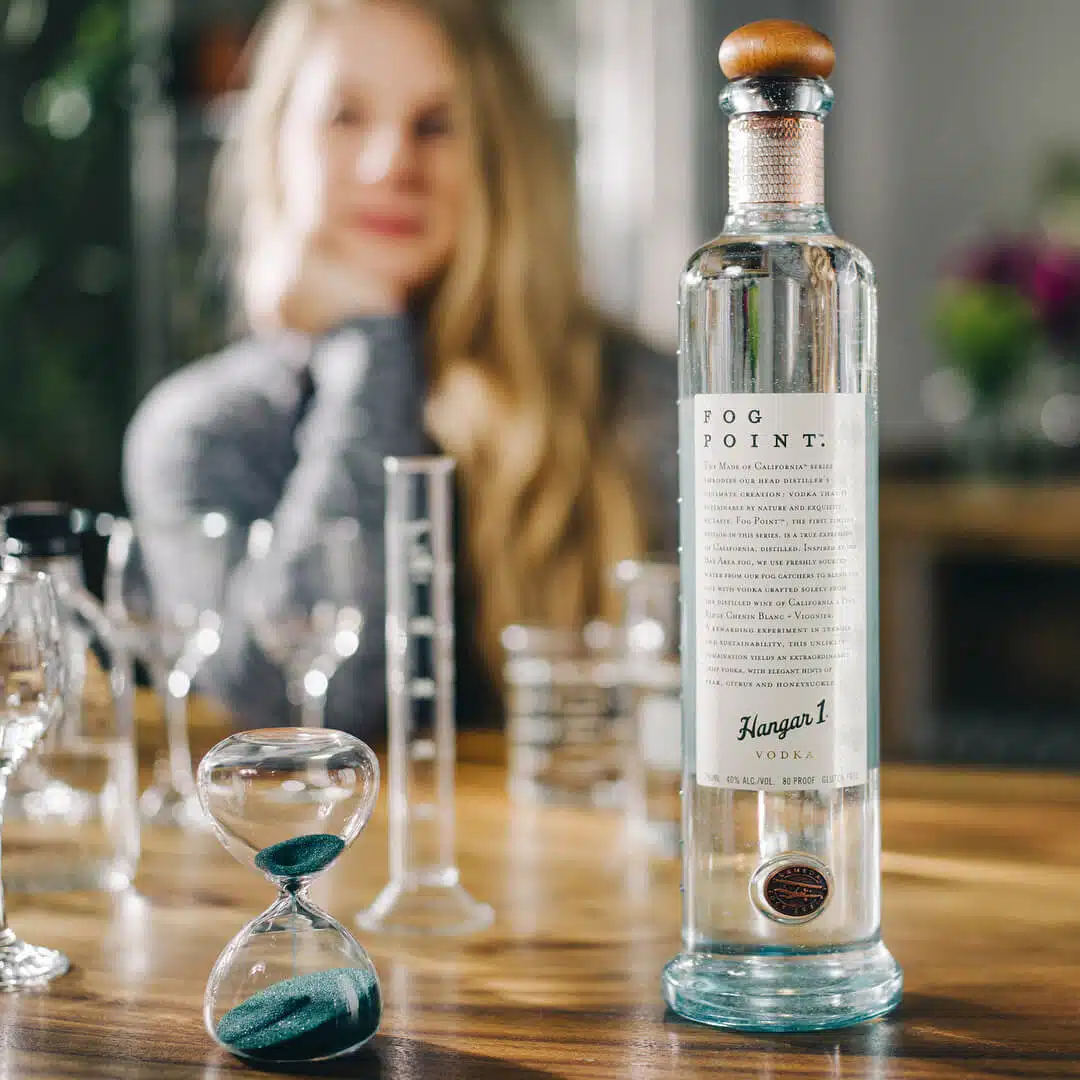
You’re one of a handful of female head distillers in the world—and while I don’t want to make this whole article about that topic because you’re a badass distiller regardless of gender, I do have to ask—is it ever frustrating being part of such a male-dominated industry?
It’s not something that I’d really thought about. When I worked in whiskey I worked with a bunch of men, and it was fine. I’m a beer-drinking metalhead, so it worked out. Obviously I’m a little shorter and I can’t lift as heavy of barrels, but that’s about it.
I did have some realizations when I joined Hangar and was going through the process of building the distillery. Occasionally there would be times where I’d be working with a vendor or truck driver and get totally dismissed and they’d want to talk to my boss. And I was like, “Wow, I didn’t realize there’s this perception that I can’t do this.” But I’m pretty outspoken, so I just tell people what I think and keep going.
There’s a Women in Distilling meetup, and when I first started there were only six or seven of us. Now there are so many women I can barely get a seat at the luncheons, and it’s great. It’s cool to see and I think the more women doing it, the more we might inspire girls to join STEM-related positions that maybe weren’t modeled for them 30 years ago.
What advice do you have for someone who maybe got their education in one area, but they’re discovering they have a passion in a completely different industry or area?
My experience has been that the point of an education is to see something through, sharpen your professional skills, and work and focus on something. Just the experience of getting an education will help give you the basis to do whatever you want to do.
Everyone always told me how creative I was when I was a kid and that I was going to grow up to be an artist. Turns out I should have been an engineer because it’s really the problem-solving I thrive on. When I was a kid, girls were encouraged to be creative, but no one encouraged me to be an engineer. I think the open playing field we have now will help people discover their passions more early on.
And I also don’t think having an education is something that ever ends. Everyone should be trying to continuously learn more and grow in their areas.
What project or projects do you have coming up that you’re super excited about?
We just launched fennel-infused vodka, and I always love playing with new flavors. We’ve got a couple more really fun botanical small-batch releases coming out in the fall and spring. And we’ve just launched a brandy, so there are a lot of exciting, fresh products coming out.
So can we expect pumpkin spice infusions?? 😉
Ha! It’s funny because I love this flavor and I think it’s really fun, but no one wants to admit it and make a pumpkin spice vodka because it sounds kinda pasé. People pretend like they hate it, but in actuality everyone loves it.
Let’s do some rapid-fire questions!
Favorite cocktail: Dirty martini with our Hangar 1 straight
Last meal: Southwestern style green chili
If I wasn’t a distiller I’d be: An academic—I’d just keep going to school
What’s the weirdest app on your phone? Probably my Astrology app
Favorite Bay Area restaurants? This one’s hard—there are so many great spots in the Bay Area! Hog Island Oyster Bar. Drake’s Dealership to sit outside and have a beer (and they have great fireside pizzas). Dosa. American Oak in Alameda—it’s a smaller place with upscale pub food but they have a top of the line whiskey list and amazing cocktails.
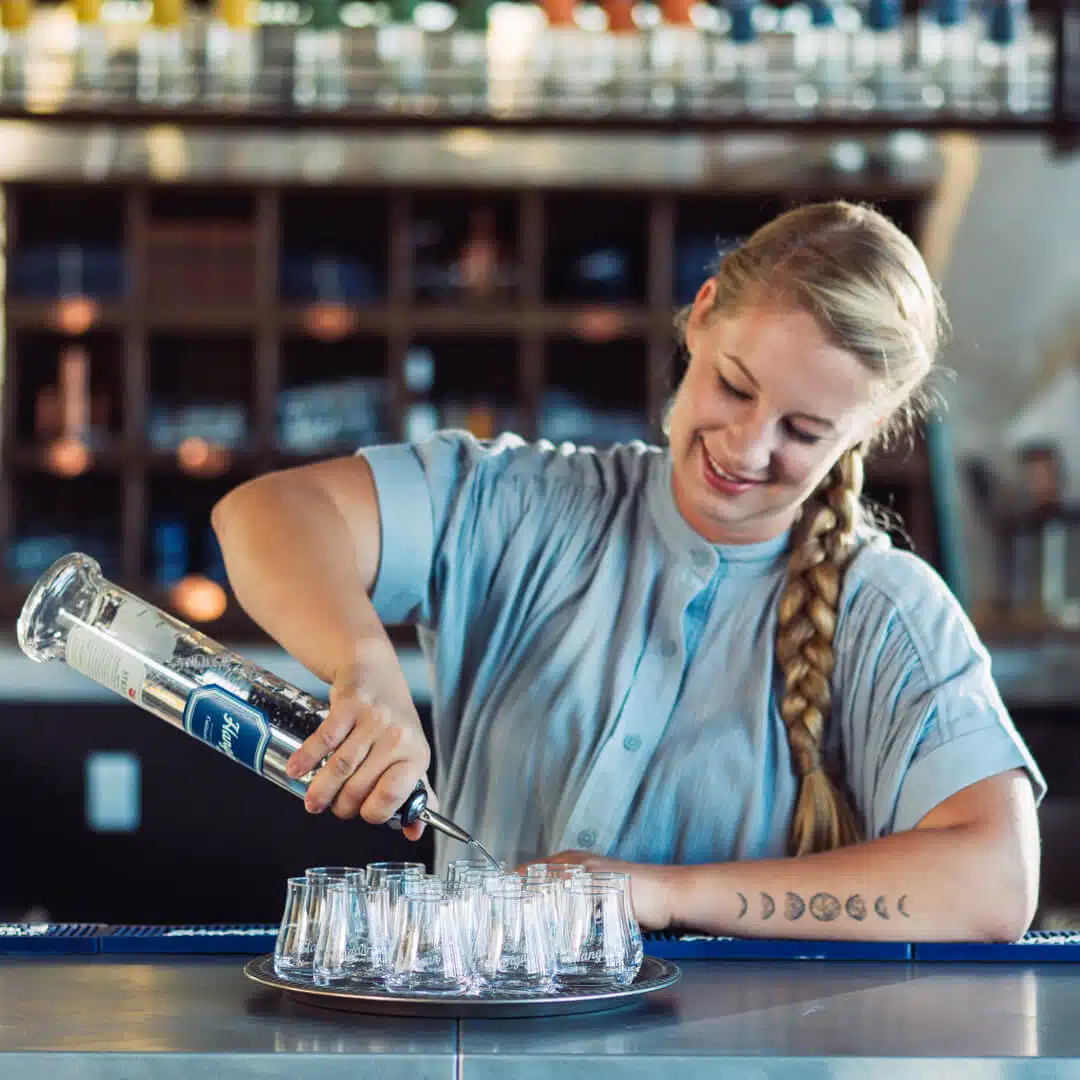
How rad is Caley?? I especially loved hearing about the inspiration behind Hangar 1’s Fogpoint Vodka.
Have a suggestion for my next Woman Crush Wednesday feature? Shoot me an email at: [email protected].
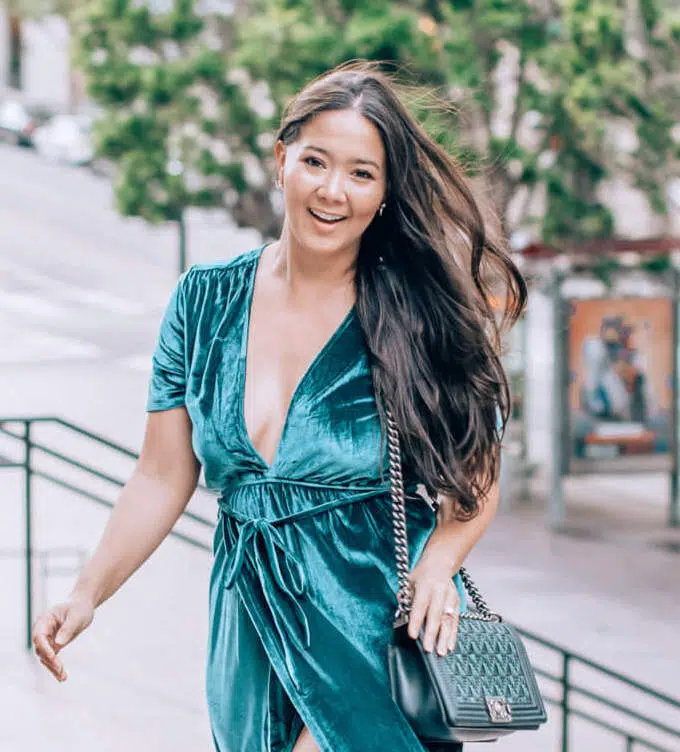
Elise Armitage is an entrepreneur and founder of What The Fab, a travel + lifestyle blog based in California. At the beginning of 2019, Elise left her corporate job at Google to chase her dreams: being an entrepreneur and helping women find fabulous in the everyday. Since then, she’s launched her SEO course Six-Figure SEO, where she teaches bloggers how to create a passive revenue stream from their website using SEO. Featured in publications like Forbes, Elle, HerMoney, and Real Simple, Elise is a firm believer that you can be of both substance and style.

